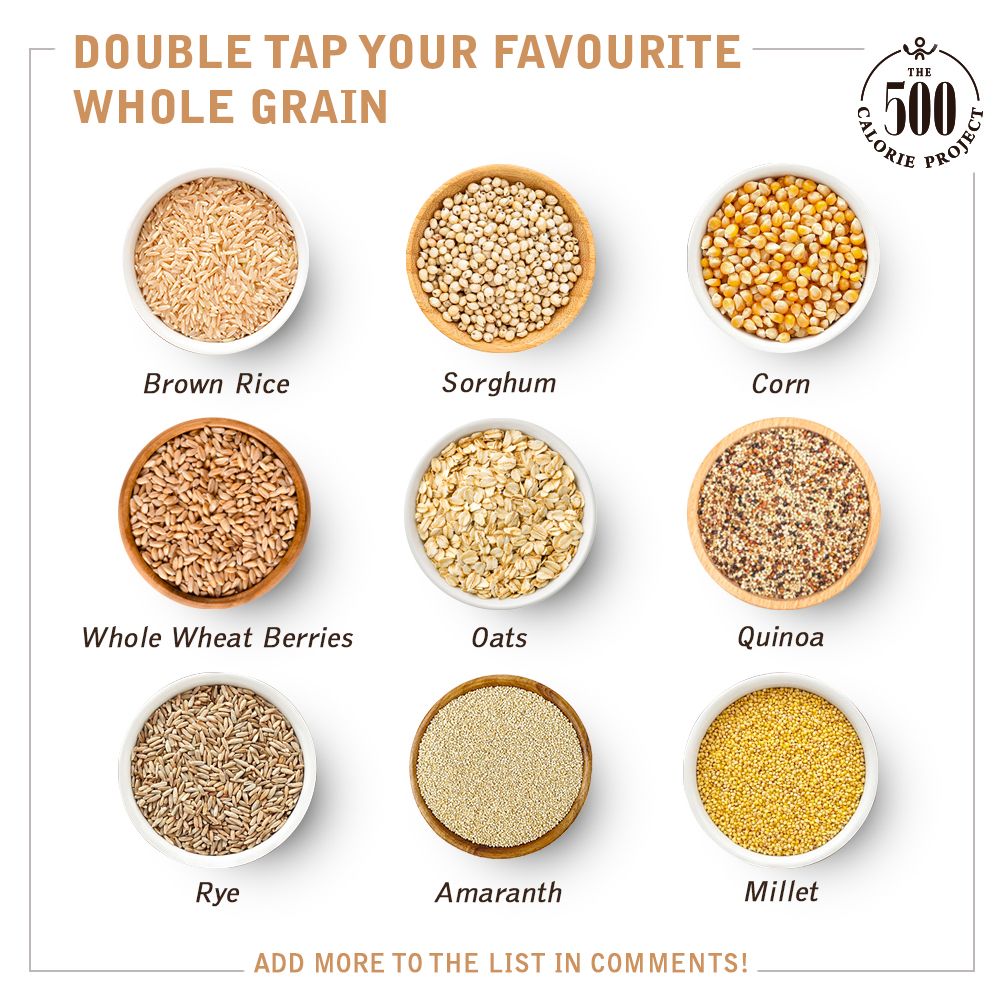Whole grains encompass the entire grain kernel – bran, germ, and endosperm – while refined grains undergo a processing that removes the bran and germ eliminating many essential nutrients such as dietary fiber, B vitamins, iron. Whole grain examples include whole wheat flour, oatmeal, and brown rice, while refined grains include white flour, white bread, white rice, white crackers, chips, etc. According to the USDA, we are to make half our daily allotment of grains, whole grain.

Recommended Amount
Optimal grain consumption varies based on factors like age, sex, and activity level. Generally, aim for 5-8 oz of grains daily, with half of those being whole grain. This equates to approximately 3-6 oz.
To visualize serving sizes, remember that one ounce of grain equals:
- 1 slice of bread
- 1 cup of ready-to-eat cereal
- 1⁄2 cup of cooked rice, pasta, or cereal
Health Benefits
Whole grains offer numerous health benefits:
- Fiber aids in lowering cholesterol and promoting heart health, as well as maintaining bowel function.
- B vitamins (folate, thiamin, riboflavin, niacin) are essential for metabolism and energy release from nutrients which is crucial for weight management. Folate is essential before and during pregnancy as it aids in preventing neural tube birth
defects. - Whole grains contain nonheme iron, along with magnesium and selenium for bone health, antioxidant protection, and immune support.
Swap This for That
For easy tips on how to incorporate more whole grains into your diet, check out the MyPlate PDF resource.
In summary, prioritize whole grains by making them half of your daily grain intake. Packed with fiber, iron, and B vitamins, whole grains support digestion, heart health, and overall well-being.

